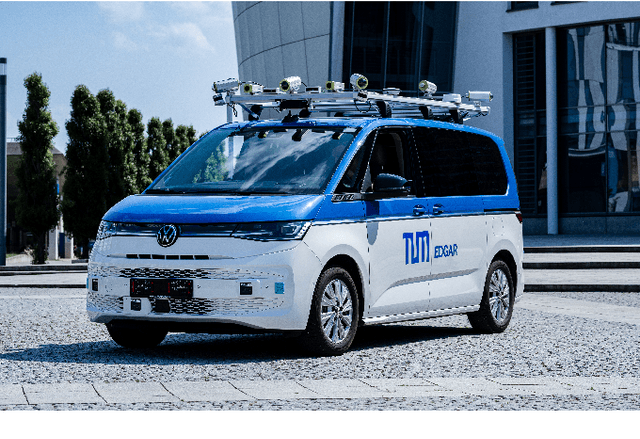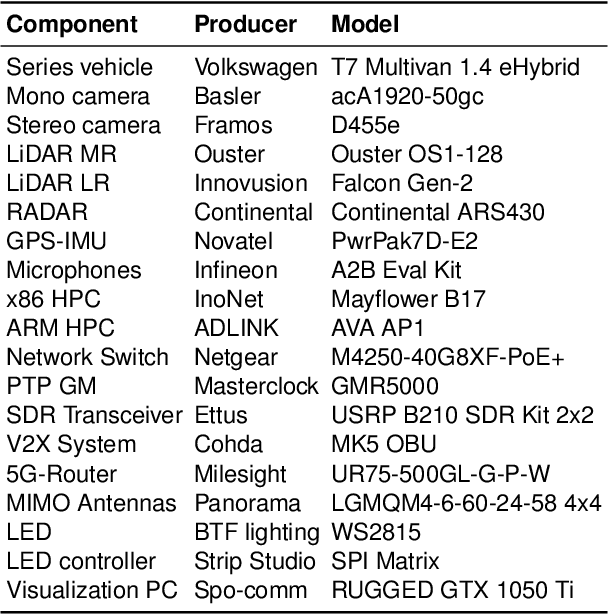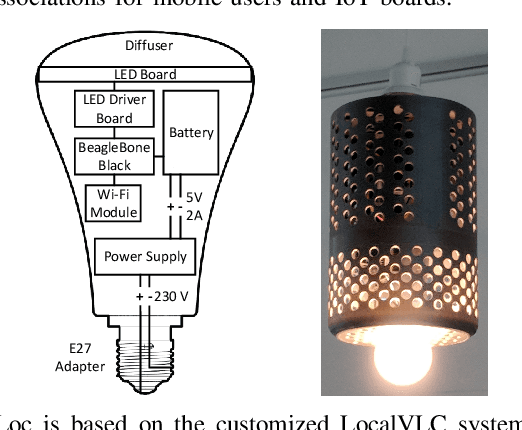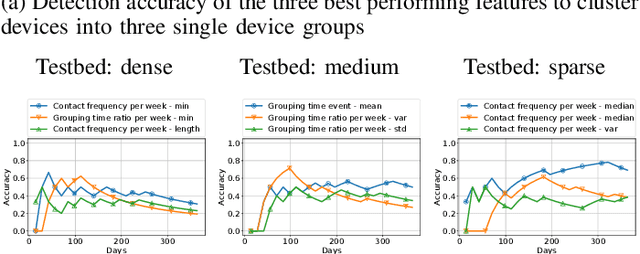Jörg Ott
EDGAR: An Autonomous Driving Research Platform -- From Feature Development to Real-World Application
Sep 27, 2023



Abstract:While current research and development of autonomous driving primarily focuses on developing new features and algorithms, the transfer from isolated software components into an entire software stack has been covered sparsely. Besides that, due to the complexity of autonomous software stacks and public road traffic, the optimal validation of entire stacks is an open research problem. Our paper targets these two aspects. We present our autonomous research vehicle EDGAR and its digital twin, a detailed virtual duplication of the vehicle. While the vehicle's setup is closely related to the state of the art, its virtual duplication is a valuable contribution as it is crucial for a consistent validation process from simulation to real-world tests. In addition, different development teams can work with the same model, making integration and testing of the software stacks much easier, significantly accelerating the development process. The real and virtual vehicles are embedded in a comprehensive development environment, which is also introduced. All parameters of the digital twin are provided open-source at https://github.com/TUMFTM/edgar_digital_twin.
Enabling Seamless Device Association with DevLoc using Light Bulb Networks for Indoor IoT Environments
May 15, 2020



Abstract:To enable serendipitous interaction for indoor IoT environments, spontaneous device associations are of particular interest so that users set up a connection in an ad-hoc manner. Based on the similarity of light signals, our system named DevLoc takes advantage of ubiquitous light sources around us to perform continuous and seamless device grouping. We provide a configuration framework to control the spatial granularity of user's proximity by managing the lighting infrastructure through customized visible light communication. To realize either proximity-based or location-based services, we support two modes of device associations between different entities: device-to-device and device-to-area. Regarding the best performing method for device grouping, machine learning-based signal similarity performs in general best compared to distance and correlation metrics. Furthermore, we analyze patterns of device associations to improve the data privacy by recognizing semantic device groups, such as personal and stranger's devices, allowing automated data sharing policies.
 Add to Chrome
Add to Chrome Add to Firefox
Add to Firefox Add to Edge
Add to Edge